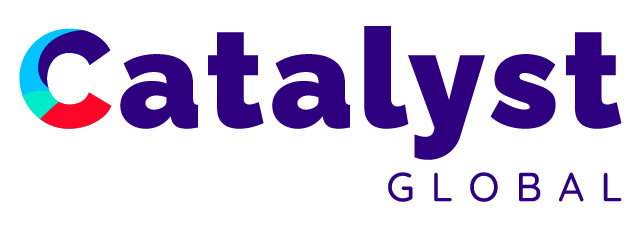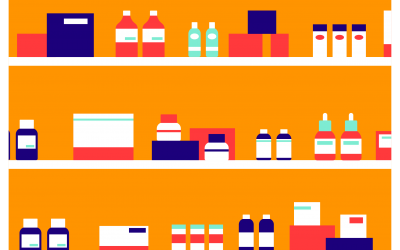by Danielle Harris, WCG Cares
New contraceptive products have the potential to help women and girls plan the families and lives they desire. Among the 214 million women in developing countries with an unmet need for family planning, many cite method-related reasons for not using contraception.[i] Some women want methods with different side effects, or no side effects at all. Others need discreet methods, or methods they can use while breastfeeding.[ii] Ensuring that women have access to a broad range of methods is one critical component of meeting their contraceptive needs. In almost all cases, local registration of contraceptive products is a prerequisite for access.
To demystify the product registration process for non-specialists, such as global health program managers, the USAID-funded Expanding Effective Contraceptive Options (EECO) project developed a guide on the basics of product registration. Three key tips from the guide are summarized below.
UNDERSTAND THE REGULATORY LANDSCAPE
Regulatory requirements and processes are complex, change frequently, and vary by region and/or country. Understanding the regulatory landscape – meaning, the potential pathways to registration and associated requirements and processes – is an important first step to determine the most time- and cost-efficient registration strategy. Under certain circumstances, pathways can include World Health Organization Collaborative Procedures or regional harmonization mechanisms to accelerate national-level registration. To best understand the regulatory landscape, it’s important to involve a regulatory expert. Regulatory experts can perform in-depth landscape assessments, including a desk review of the available resources as well as have discussions with local authorities and stakeholders, to better understand the regulatory environment and inform the way forward.
IDENTIFY A GOOD LOCAL PARTNER
Every registration application includes the appointment of a Marketing Authorization Holder (MAH), which is responsible for marketing and/or distributing the product as well as monitoring safety (pharmacovigilance). Depending on regulations, the MAH could be the manufacturer, a company, firm, legal person or non-profit organization that has the right to register a specific product in a given country. While the MAH is ultimately selected and appointed by the product manufacturer, project teams can have a big influence on the decision. To this end, it is important for project teams to identify experienced MAH candidates with both an interest and capacity to support product introduction efforts locally. Relevant qualifications for an MAH include experience with national scale-up efforts, public sector tenders, marketing, distribution, and pharmacovigilance.
ESTABLISH SYSTEMS FOR POST-APPROVAL REGISTRATION MANAGEMENT
Regulatory responsibilities don’t end with registration. After Marketing Authorization Approval (MAA) is granted, typically for 3 to 5 years, the MAH becomes responsible for post-approval surveillance as well as documentation and reporting on adverse events per the requirements of the regulatory authority. Establishing robust pharmacovigilance systems is key for maintaining compliance. Furthermore, the MAH is responsible for reporting any changes – for example, an extension of the product’s shelf-life – to the regulatory authority. Depending on local regulations, the MAH may have other, additional responsibilities. And last but certainly not least, in most countries MAA must be renewed every few years to maintain the right to market and distribute the product.
To learn more about product registration, see the full guide: Introducing New Contraceptive Options: Product Registration Basics for Global Health Program Managers. The guide is available in English, French, Spanish, and Portuguese.
[i] Adding It Up: The Costs and Benefits of Investing in Sexual and Reproductive Health 2017, Fact Sheet, New York: Guttmacher Institute, 2017, https://www.guttmacher.org/fact-sheet/adding-it-up-contraception-mnh-2017.
[ii] Hussain R et al., Unmet Need for Contraception in Developing Countries: Examining Women’s Reasons for Not Using a Method, New York: Guttmacher Institute, 2016, http://www.guttmacher.org/report/unmet-need-for-contraception-in-developing-countries.
Banner image: © PSI/Conner Varin
Original post published by PSI: https://www.psi.org/2019/05/product-registration-pro-tips-for-program-managers/




